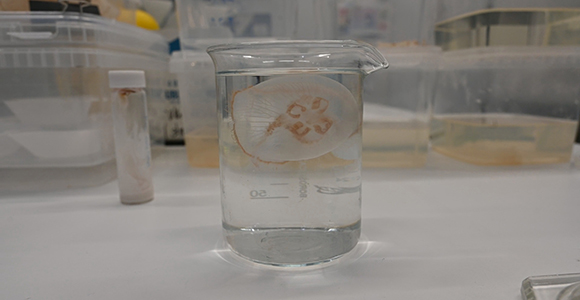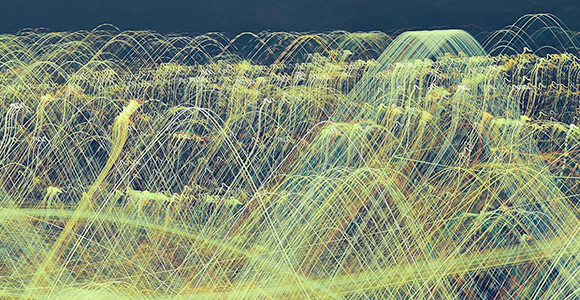SDUnet – the intranet for all employees at SDU
SDU’s intranet is a working tool that can remedy the complexity inherent in the operations of a modern university.
The healthcare system calls for innovation. SDU researchers develop groundbreaking technologies that support doctors and nurses, improve patient care and increase quality of life - in close collaboration with hospitals, regions and companies.
Gastrophysics
Researchers at SDU have discovered that jellyfish can be used as a food stabiliser. In the future, the slimy creatures may become an important ingredient in a more sustainable food production system.
Computer Science
Bullshit AI. Habsburg AI. AI Slop. The nicknames are colorful — almost funny — but the concern behind them is real: that increasingly distorted, inbred AI systems are about to take over the internet. Human-created data may soon be a luxury, and fact-checking is more essential than ever, warns researcher.
SDUnet – the intranet for all employees at SDU
SDU’s intranet is a working tool that can remedy the complexity inherent in the operations of a modern university.
International Staff Office
The ISO provides key information about arriving in Denmark, life in Denmark, the work culture and working conditions.

